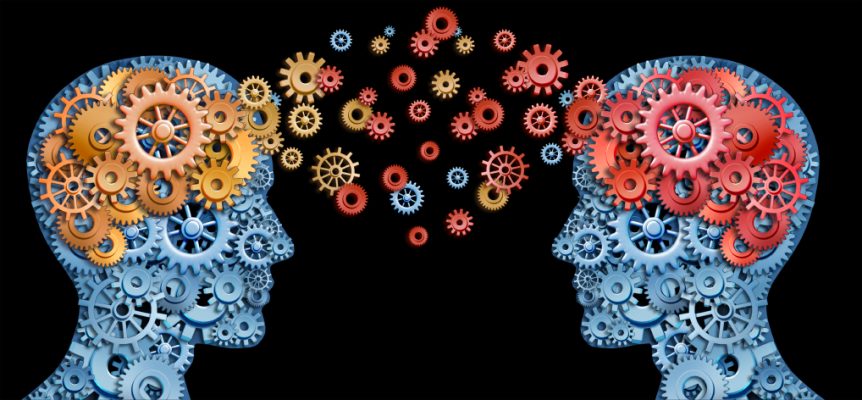Optimizing employee performance and leveraging it to maximize team effectiveness, has become an increasingly important mission for many organizations. With lean staffs and greater competition, team performance can make the difference between achieving maximum productivity and falling short. Assessing individual work styles can be instrumental in not only helping the employee gain better awareness of their personal style, but understanding how they operate within the larger context of the organization, specifically how they collaborate and interact with others to maximize team performance. These key learnings provide leaders and team members with a common language to discuss similarities and differences in work styles and personalities. In addition, it can be used to create teams comprised of different but complimentary styles in an effort to achieve maximum team results.
In our experience, maximizing individual employee potential within organizational teams can be greatly accelerated by assessing personal work style and behaviors. These findings are then aligned with those of other members of the team, resulting in strategies to address the team’s collaboration, effectiveness and efficiency. For this reason, we find Harvard Business Review’s March-April 2017 Spotlight titled The New Science of Team Chemistry especially interesting. The series of articles outlines Deloitte’s Business Chemistry system, and also discusses the very real need for leadership to address team effectiveness through a clear understanding of the mix of diverse work styles and then leveraging the diversity of both style and perspectives to create optimum team chemistry. Deloitte’s scientific methodology, specifically the link between neurochemicals in the brain and personality types, resulted in the identification of four primary work styles; Pioneers, Drivers, Integrators and Guardians. In general, Pioneers are risk takers who value innovation and intuition with a focus on the big picture, while conversely, Guardians value stability and order. They learn from the past and tend to be risk adverse. Drivers value challenge and are highly results oriented. They initiate momentum and directly tackle problems supported by data and logic. Integrators value connections and relationships. They are consensus builders and diplomatic in their approach. Deloitte’s theory is that people are comprised of a combination of these personality traits with a predisposition towards one or two, based on behaviors and thinking. The purpose of the assessment is not only to provide awareness into the employee’s own work style, but also create an understanding of the styles and preferences of others, therefore improving one’s interactions and effectiveness within group environments. Strategies such as drawing opposite styles close together, getting input from people with non-dominant styles, assuring that “sensitive introverts” participate and are heard, can create an environment of “productive friction” enhancing collaboration and innovation if managed properly. When guided by an understanding of how people interact and behave, variation in cognitive styles and behaviors can operate with minimum frustration and maximum collaboration.
The net benefits of identifying and integrating Deloitte’s four work styles is highlighted by five organizational leaders in the Spotlight series. Executives from Marriot, Southwest Airlines, American Express, Kellogg and National Grid stated that the process of understanding personality greatly helped their effectiveness as leaders, therefore allowing them to have greater impact on their respective organizations. This is consistent with our experiences working with organizations to enhance their teamwork and organizational effectiveness. Using the Business Chemistry system, leaders were not only able to pinpoint the strengths of their teams, but also where the team maybe lacking in effectiveness. Adam Malamut, Chief Customer Experience Officer at Marriot commented on the systems effectiveness, “We used the framework not only to understand our own strengths and weaknesses and how to work more effectively together but also identify where we needed to augment the team and what we could realistically accomplish in our first year and then our second” The leaders stated that it was not necessarily about putting people who have the same work style together, but putting styles together that compliment and balance the individual styles of team members. In addition, they found that awareness of individual work style preferences can be used to carefully communicate ideas to a team with different work styles in mind.
Deloitte’s methodology of assessing employee personalities and work styles is unique because it differs from most of the assessments in use today. The system is based on the neuroscience of interaction in contrast to introspection. Although some remain skeptical of personality screenings to assess, develop and maintain high levels of talent, we see an increasing need for the use of effective assessments to assist organizations in improving collaboration and building effective teams. Making the most of an employee’s potential goes beyond just the individual these days. Organizations need to create and develop effective teams based on communication, collaboration, interpersonal trust and mutual respect. The melding of individual team member’s styles based on insight, knowledge and a common language can be the key to unlocking maximum success.

